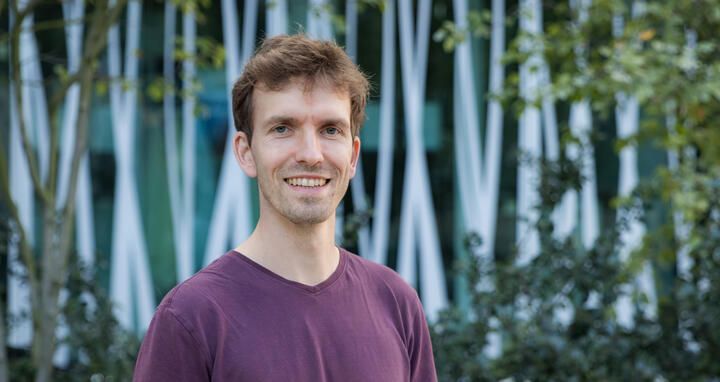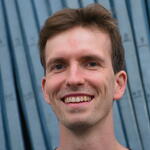Following cells on their path to development
I want to understand how, where, when, and why cells ‘decide’ whether to become a heart cell, a brain cell, or a liver cell.
When a sperm cell fuses with an egg cell, it sets in motion a process that all vertebrates go through during the early stages of life. The resulting cell continuously divides, developing first into a solid ball of cells and then into a blastocyst (a hollow ball of cells), which eventually burrows into the uterus wall. The cells within the blastocyst now differentiate into three germ layers. One of these layers, the ectoderm, gives rise to the neural tube, which later becomes the central nervous system. Organs and tissues also start to form.
The different stages of embryonic development have survived 480 million years of evolution. We have a very good understanding of the processes involved. But it’s still largely a mystery why cells develop in one direction or another and what causes them to do so. “I want to understand how, where, when, and why cells ‘decide’ whether to become a heart cell, a brain cell, or a liver cell,” says Dr. Markus Mittnenzweig. Since September 1, the scientist has been building up a junior research group on computational and developmental biology at the Berlin Institute for Medical Systems Biology of the Max Delbrück Center (MDC-BIMSB).
From mathematician to developmental biologist
Mittnenzweig studied mathematics and chemistry in Berlin and Paris. His interest in basic research was sparked by laboratory internships, and he was especially captivated by publications on single-cell sequencing. After earning his doctorate in mathematics, he worked as a postdoctoral researcher at the Weizmann Institute of Science in Israel, exploring such questions as how pluripotent cells differentiate in the early embryonic stage and how signaling molecules and changes in DNA methylation affect this. In the process of DNA methylation, methyl groups are added to or removed from DNA molecules. These changes can influence whether genes are switched on or off, and therefore determine what genetic information is translated.

With his own research group at MDC-BIMSB, Mittnenzweig now wants to create quantitative models that mimic cell differentiation in embryonic development and disease processes. “Today, we have a huge amount of single-cell and genomic data with which we can track the explosion of molecular complexity during embryonic development,” says the researcher. He intends to use these data to study how cells regulate the expression of their genes, how they communicate with each other, and how they assemble into tissue structures. To do this, he has to reconstruct the spatial and temporal trajectories of their developmental journey – both on the computer and in the petri dish. The latter involves using advanced culture technologies such as organoids, which are three-dimensional tissue models generated from stem cells. In Berlin, he is best equipped technologically to realize these plans.
Text: Jana Ehrhardt-Joswig
Further information






